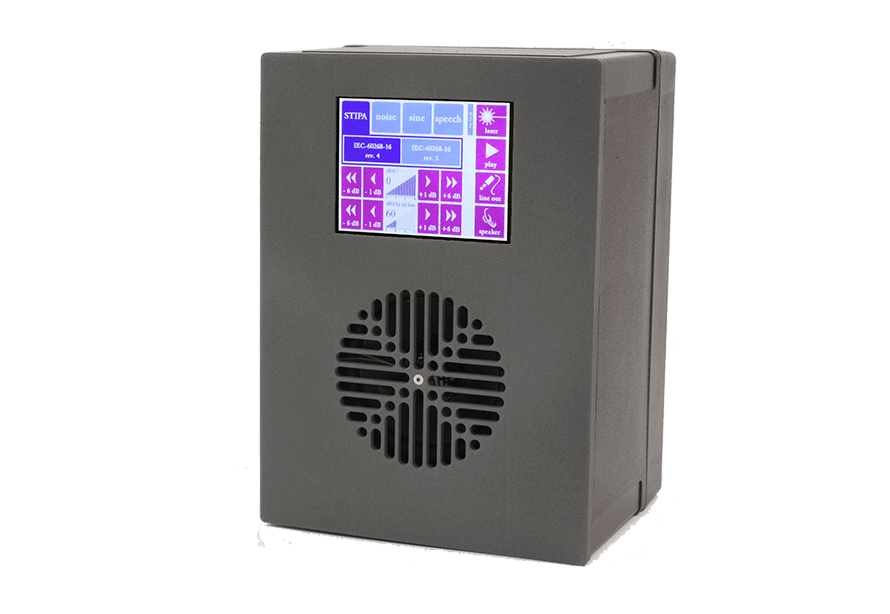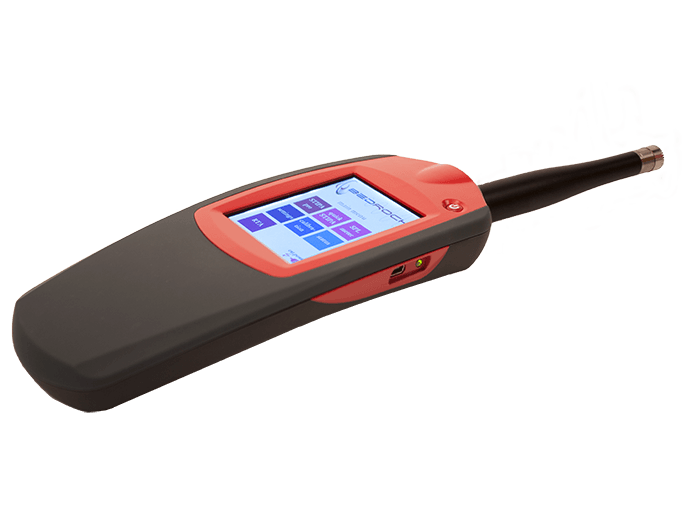Building Testing
Measurements to evaluate and improve Building Acoustics are normally made to analyse and design noise control between rooms or from outside to inside. Noise sources such as music systems, televisions, appliances, traffic, aircraft, and manufacturing are all around us and the field of Building Acoustics evaluates and designs the materials and methods to insulate and isolate us all from these sound sources.
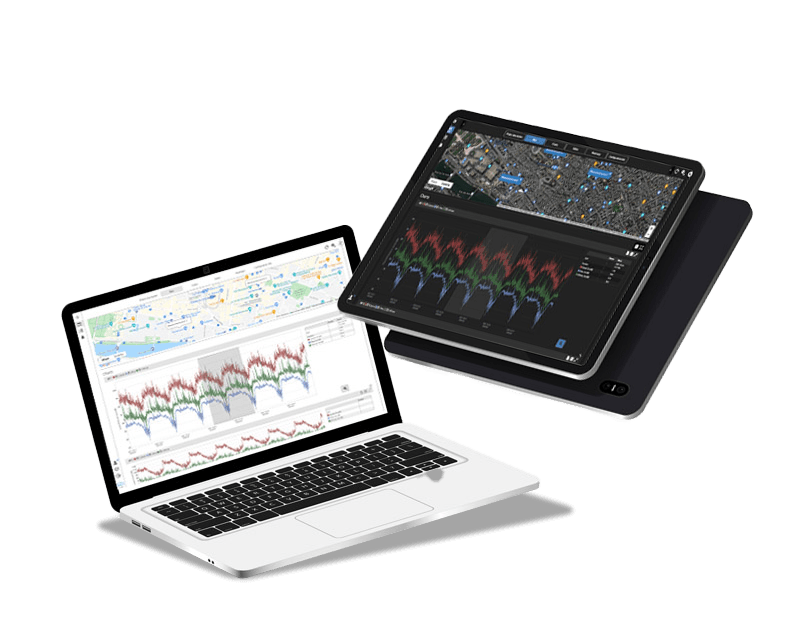
SvanNET Cloud Monitoring Service
SvanNET Automatic Monitoring Services is an online solution that supports multi-point connection with Svantek’s noise & vibration monitoring stations including SV 307A, SV 200A, SV 803 and…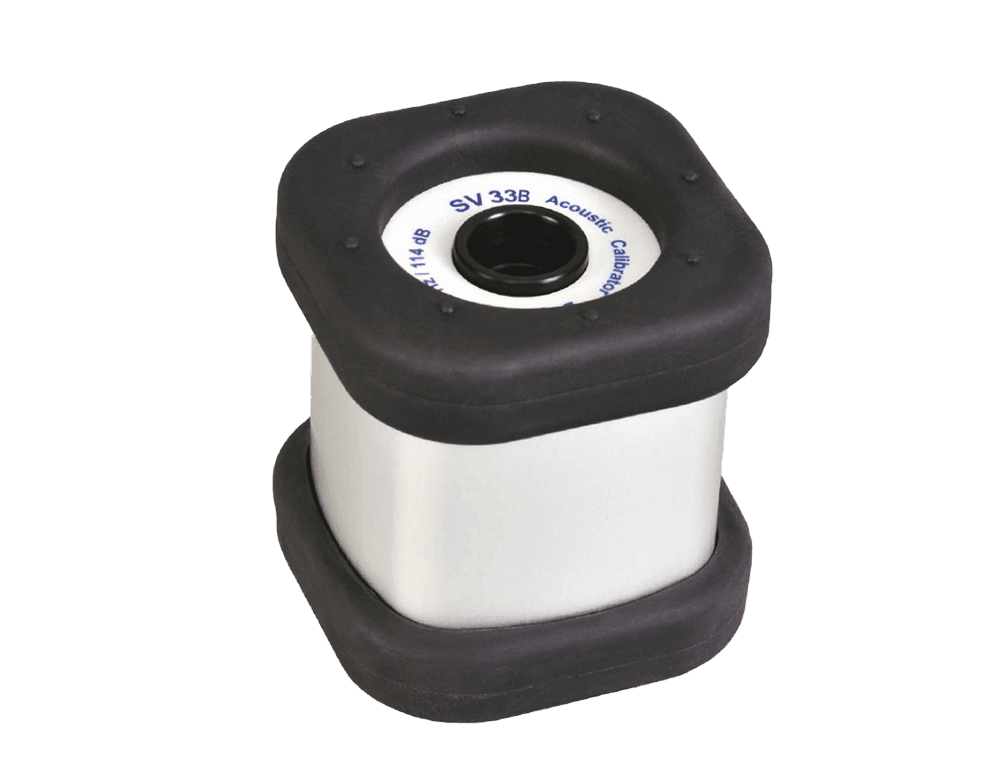
SV 33B Acoustic Calibrator
SV 33B Class 1 Acoustic Calibrator produces an acoustic pressure of defined level 114 dB at frequency of 1 kHz. The SV 33B is suitable…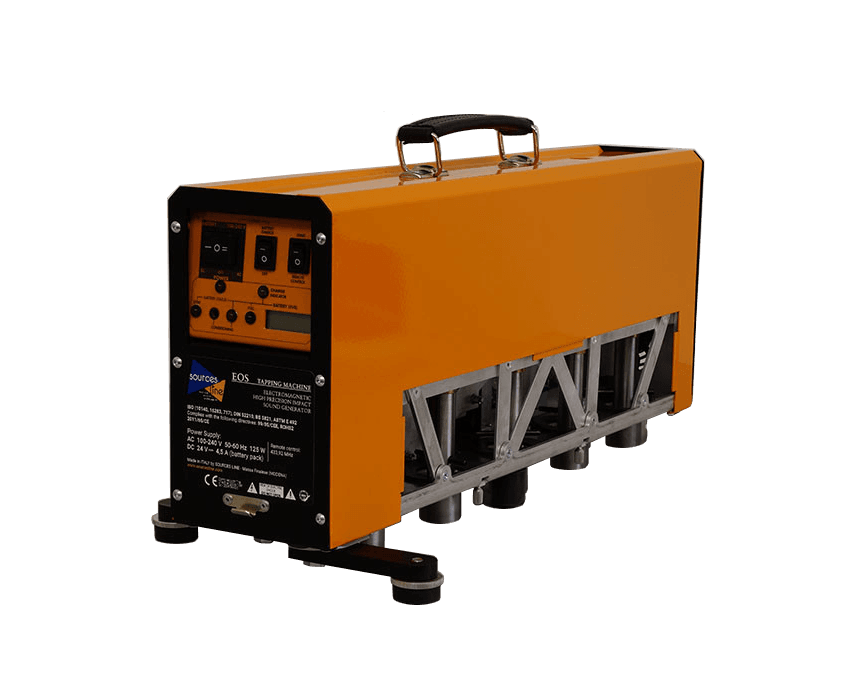
EOS Tapping Machine
The Tapping Machine entirely built with laser-bevelled aluminium, modelled by highly precise bending presses, but it is also provided with a solid and impeccable frame.…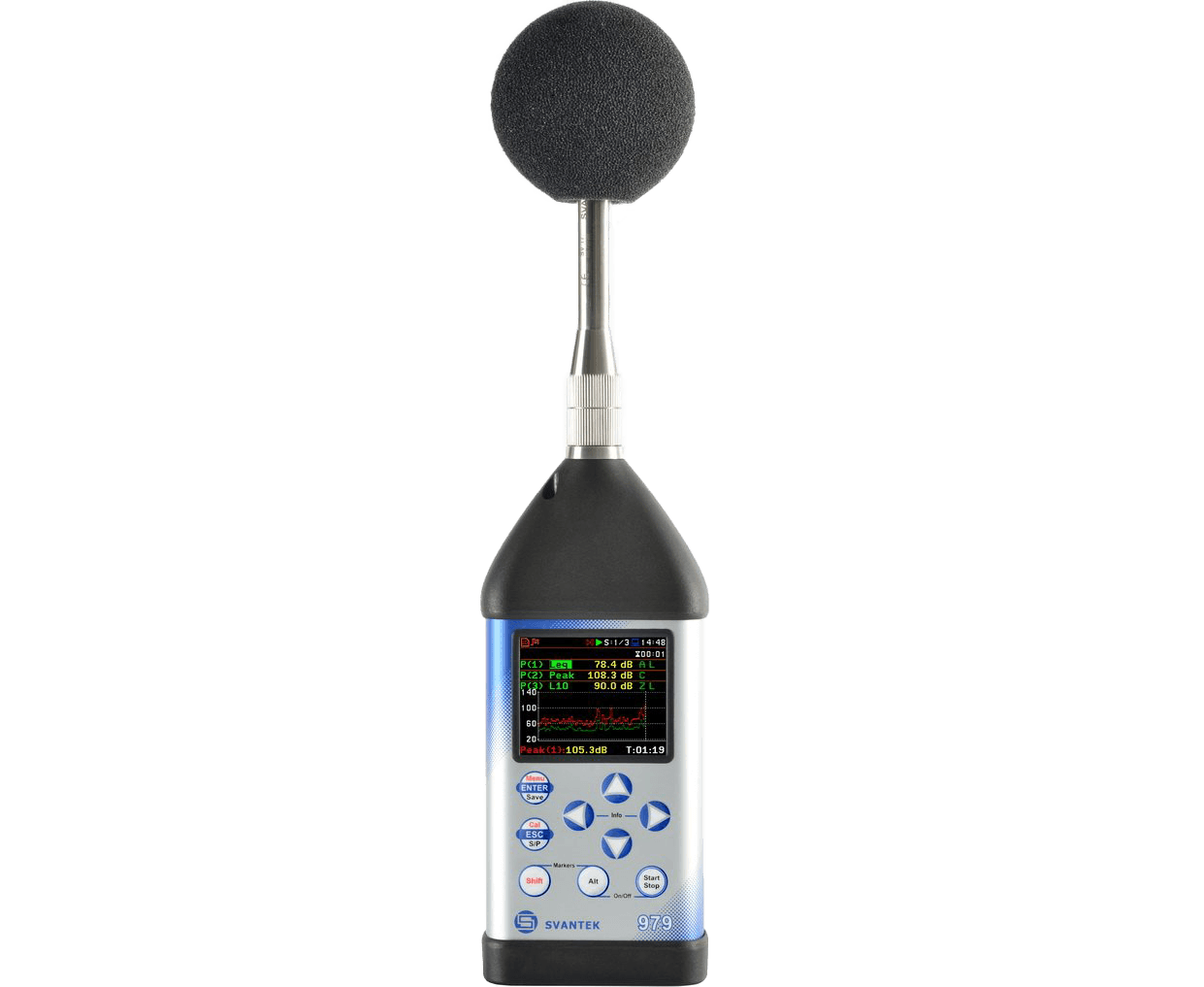
SVAN 979 Sound and Vibration Analyser
The SVAN 979 is a class 1 type approved sound level meter and analyser with the superior technical specifications. Its measuring range starts from as low…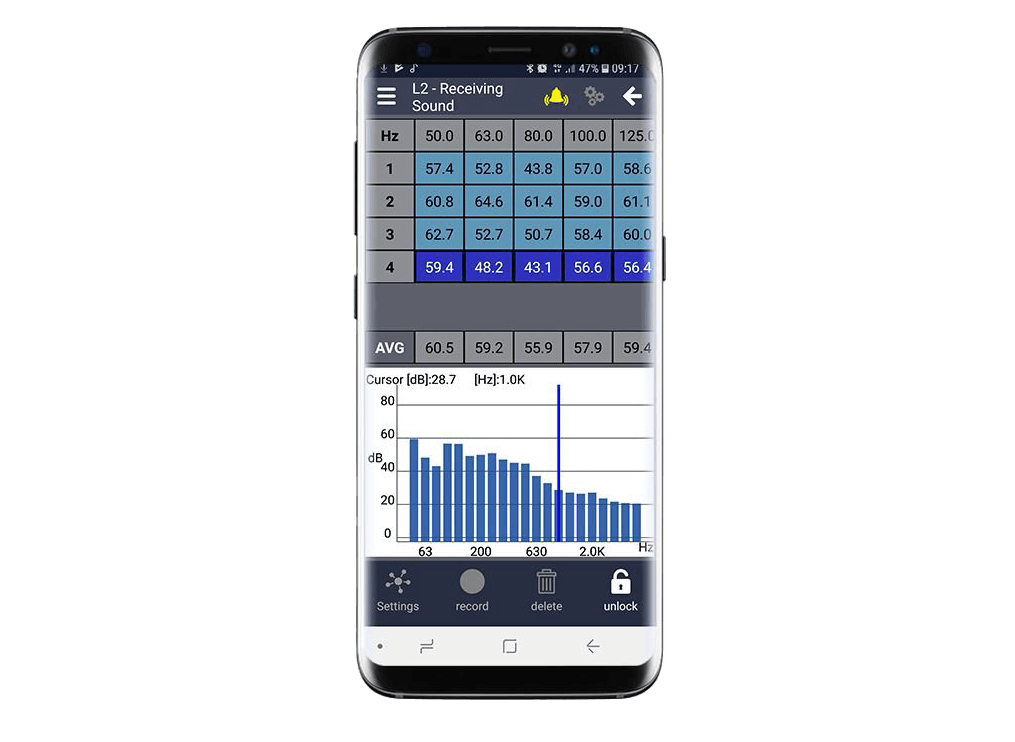
Building Acoustics PRO App
The Building Acoustics PRO App is the smartphone application created for sound insulation measurements with Svantek sound level meters.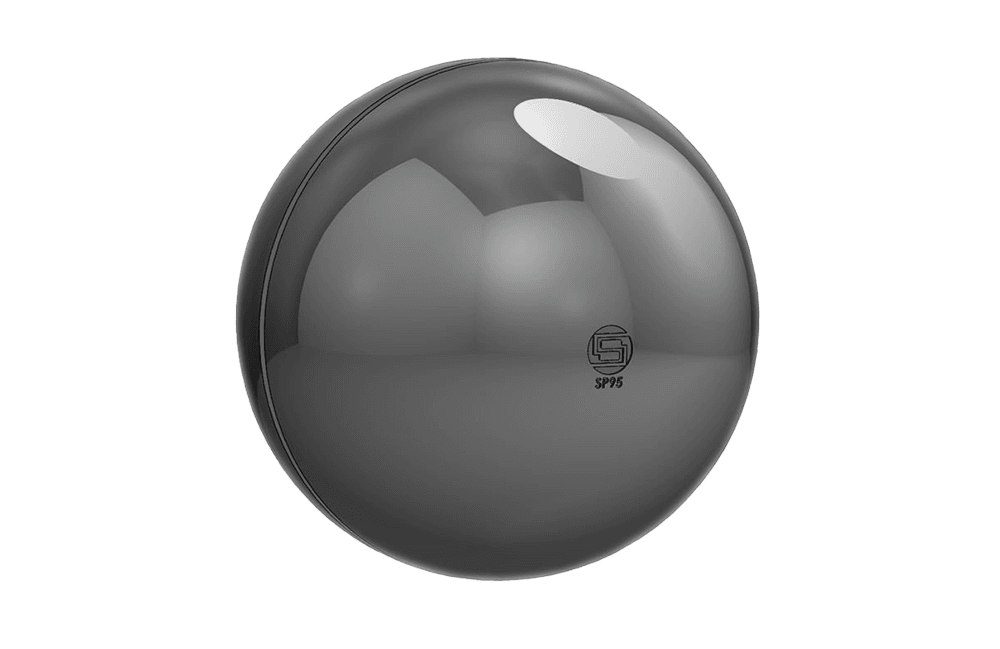
SP 95 Sound Insulation Ball
SP 95 Impact Ball is used for sound insulation testing in light weight structures where a standard (tapping machine) impact sound source would create too…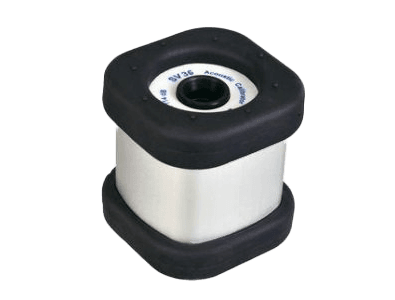
SV 36 Acoustic Calibrator
The SV 36 acoustic calibrator is a small, portable dual-range Class 1 device (sound source). Powered by two LR03/AAA batteries, it contains a loudspeaker producing…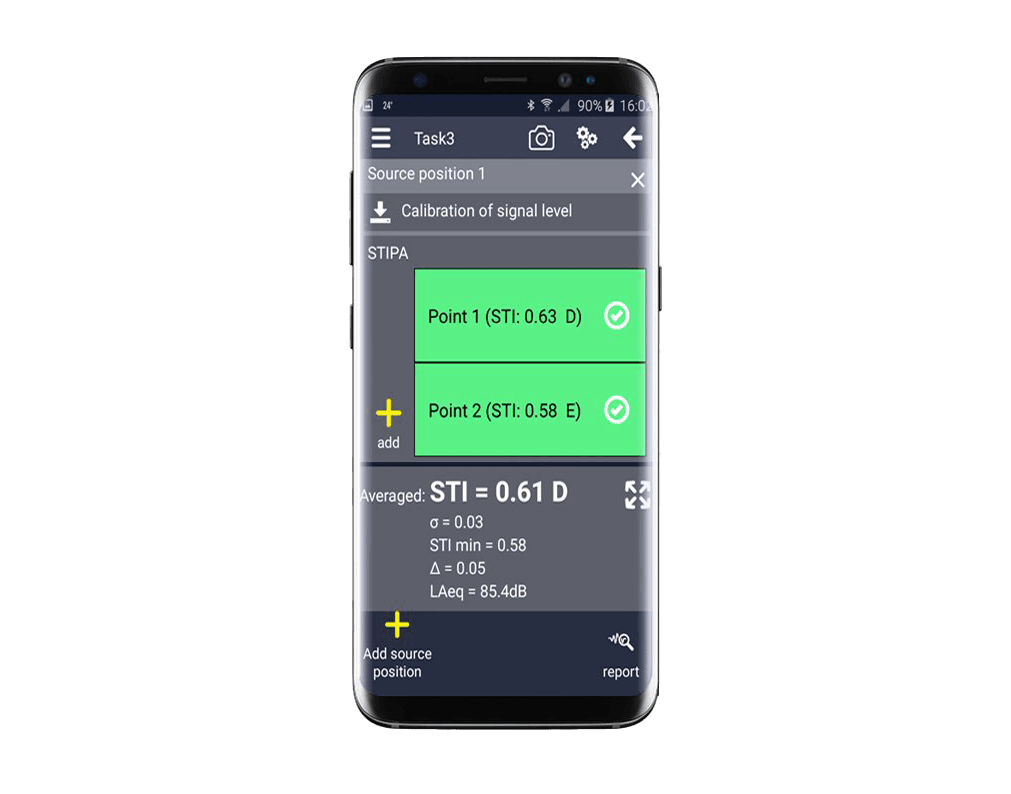
STIPA Speech Transmission Index
The STIPA measurement procedure in accordance to IEC 60268-16:2011 is supported by the mobile application, that provides a step by step measurement route. The application…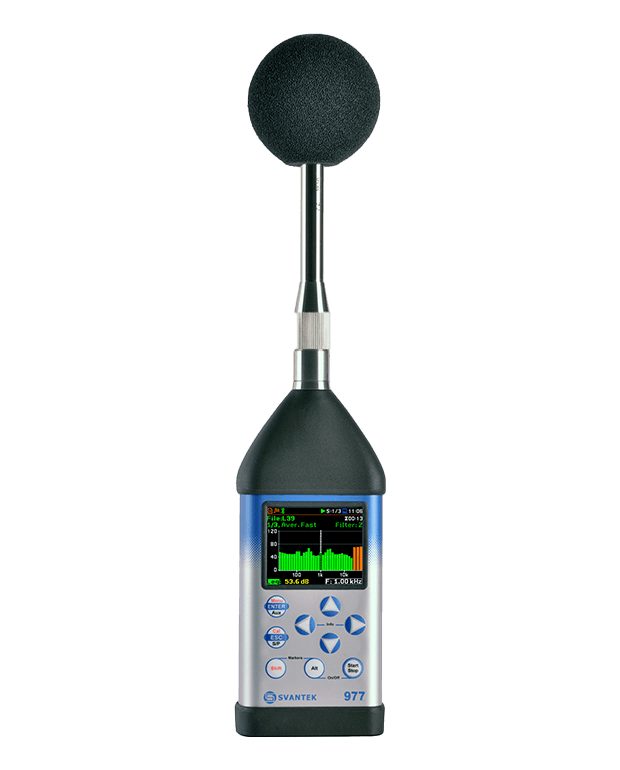
SV 977 Sound and Vibration Analyser
The SV 977D is a Class 1 Sound and Vibration meter designed for building acoustics, occupational noise and environmental noise measurements.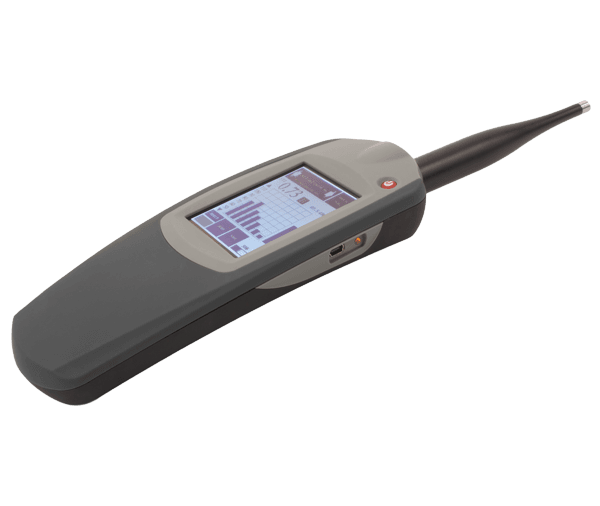
SM50 STIPAmeter
The SM50 was designed from the ground up by the inventors of STIPA and is a fully compliant Speech Transmission Index measuring device as specified…Understanding Building Testing for Acoustics
Acoustic performance is a key consideration in modern construction, especially in environments where sound quality and noise control can directly affect comfort and functionality. From new residential builds to environments like hospitals and schools, understanding how sound behaves within a structure is crucial. Building testing is at the core of ensuring these standards are met, and here at AcSoft we play an important role in providing the right tools, guidance, and support for precise acoustics analysis.
Measuring Acoustic Performance in Buildings
To assess the acoustic characteristics of a building, professionals typically measure sound insulation, reverberation time, background noise levels, and speech intelligibility. These measurements provide insight into how effectively a space absorbs, reflects, and transmits sound. For example, airborne sound insulation between rooms and impact sound transmission through floors are measured to determine how well noise is contained.
Measurements must be repeatable and reliable. This requires using calibrated equipment under controlled conditions. Acoustic performance is not just about identifying problems, but also verifying compliance with legal and regulatory standards, or informing design changes.
Acoustic Testing Equipment & Tools
A wide range of instrumentation is used during Building Acoustics & Sound Insulation Testing. These include sound level meters, tapping machines, loudspeakers for test signals, and software for analysis and reporting. AcSoft supplies and supports leading brands such as Bedrock, Lookline, SourcesLine and Svantek offering calibrated equipment for purchase & hire. Calibration services are also available through our Calibration Lab, ensuring that your equipment always performs its best.
Standards That Govern Acoustic Testing
Several standards define how acoustics testing should be carried out, depending on the context:
- BS 8233 provides guidelines for the control of sound in and around buildings
- BB93 outlines acoustic design standards for schools
- ISO 16283-1:2014 outlines procedures for field measurement of sound insulation in buildings
Compliance with these standards is essential for regulatory approval and building sign-off, especially for pre-completion testing.
Frequency of Testing and Monitoring
How often testing is required depends on the building’s function and lifecycle stage. Pre-completion tests are typically carried out once construction is finished but before occupation, especially in residential settings. Post-occupancy monitoring is often recommended in complex environments or where performance may degrade over time due to changes in use, occupancy, or building condition.
Pre-Completion vs Post-Occupancy Testing
Pre-completion testing focuses on verifying that a newly built house building meets acoustic requirements before handing over. It’s often a legal requirement, especially in housing developments and educational buildings. Post-occupancy testing, however, helps assess real-world acoustic conditions. This form of monitoring is particularly useful in dynamic environments where ongoing performance evaluation supports maintenance or retrofitting.
Where Ongoing Acoustic Monitoring Matters Most
Ongoing testing is most beneficial in spaces where sound quality is mission critical. Schools require regular checks to ensure classrooms support effective learning. Hospitals benefit from reduced noise levels to aid patient recovery. Offices may require speech privacy and minimal distractions for productivity. In each case, Building Acoustics & Sound Insulation Testing forms part of a broader facilities management strategy.
Who Should Carry Out Acoustic Testing?
Qualified acoustic consultants and engineers should always perform these tests. They must understand both the scientific principles behind sound behaviour and the standards that govern the test methods. We at AcSoft support both consultants and in-house teams with both the right equipment they need and the technical expertise, ensuring that professionals can conduct accurate and reliable assessments every time.
How AcSoft Supports Accurate Building Testing
We supply instrumentation for Building Acoustics & Sound Insulation Testing, along with training, calibration, and expert support. Whether you need to conduct pre-completion assessments, long-term monitoring, or troubleshoot specific issues. We are proud to provide solutions tailored to your unique environment. Our equipment may also be hired through our Rental Services allow you the flexibility for any short-term projects.
